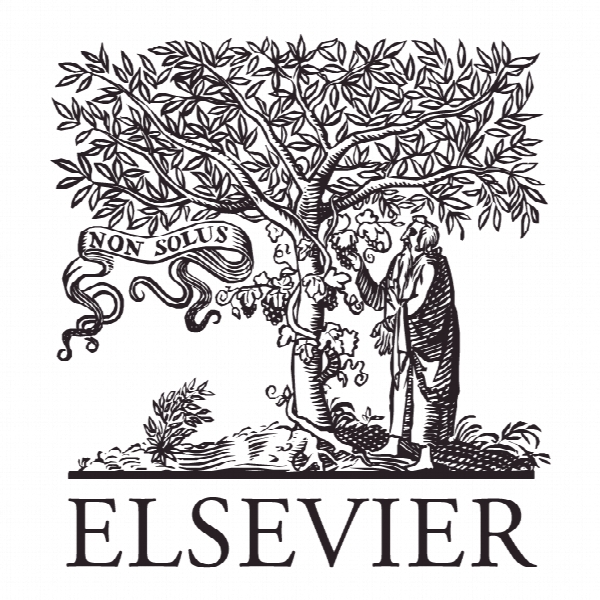اختلالات خواب و بیماری پارکینسون؛ درس های ژنتیک Sleep disorders and Parkinson disease; lessons from genetics
- نوع فایل : کتاب
- زبان : انگلیسی
- ناشر : Elsevier
- چاپ و سال / کشور: 2018
توضیحات
رشته های مرتبط روانشناسی
گرایش های مرتبط روانشناسی بالینی
مجله بررسی های پزشکی خواب – Sleep Medicine Reviews
دانشگاه Montreal Neurological Institute – McGill University – Canada
منتشر شده در نشریه الزویر
کلمات کلیدی انگلیسی Rapid eye movement sleep behavior disorder; RBD; Restless legs syndrome; RLS; Parkinson disease; Neurodegeneration; Genetics; Glucocerebrosidase; GBA
گرایش های مرتبط روانشناسی بالینی
مجله بررسی های پزشکی خواب – Sleep Medicine Reviews
دانشگاه Montreal Neurological Institute – McGill University – Canada
منتشر شده در نشریه الزویر
کلمات کلیدی انگلیسی Rapid eye movement sleep behavior disorder; RBD; Restless legs syndrome; RLS; Parkinson disease; Neurodegeneration; Genetics; Glucocerebrosidase; GBA
Description
Introduction As the world’s population ages, age-related disorders such as Parkinson disease (PD) threaten to become a significant financial and social burden (1), on top of the personal burden carried by the affected individuals and their families. PD is the most common neurodegenerative movement disorder, affecting 1-2% of the population older than 60 years (2-4), and the projected number of PD patients in 2030 in 15 of the most populous nations is estimated to be 8.67 million patients (5). PD is pathologically characterized by degeneration of the substantia nigra (SN) and the presence of Lewy bodies, which are aggregates of various proteins, primarily α-synuclein (6). As such, it is part of a family of disorders collectively termed synucleinopathies, mainly including PD, dementia with Lewy bodies (DLB), and multiple system atrophy (MSA) (7). Other diseases may also have α-synuclein depositions, and while this is a shared feature, it does not imply that α-synuclein is the sole cause for these disorders. The pathogenic process leading to PD begins many years before diagnosis, which is traditionally based on classical motor symptoms; therefore, the course of PD can be divided accordingly, to preclinical PD, prodromal PD (non-motor PD) and clinical PD, when motor symptoms appear (8). This recent division aims to distinguish between the different phases of PD, first, when neurodegeneration started but no symptoms are present (preclinical PD), then when early symptoms appear but PD is not diagnosed yet (prodromal PD), and lastly when motor symptoms present (clinical PD) (8). Clinical PD occurs when about half of the dopaminergic neurons in the SN had already been irreversibly degenerated and died, and the typical motor symptoms appear (9). One of the main challenges in PD research is identifying individuals during the prodromal phase of PD; when neuroprotective therapy is available, early diagnosis of PD will be crucial to slow or stop the degenerative process prior to motor parkinsonism.


